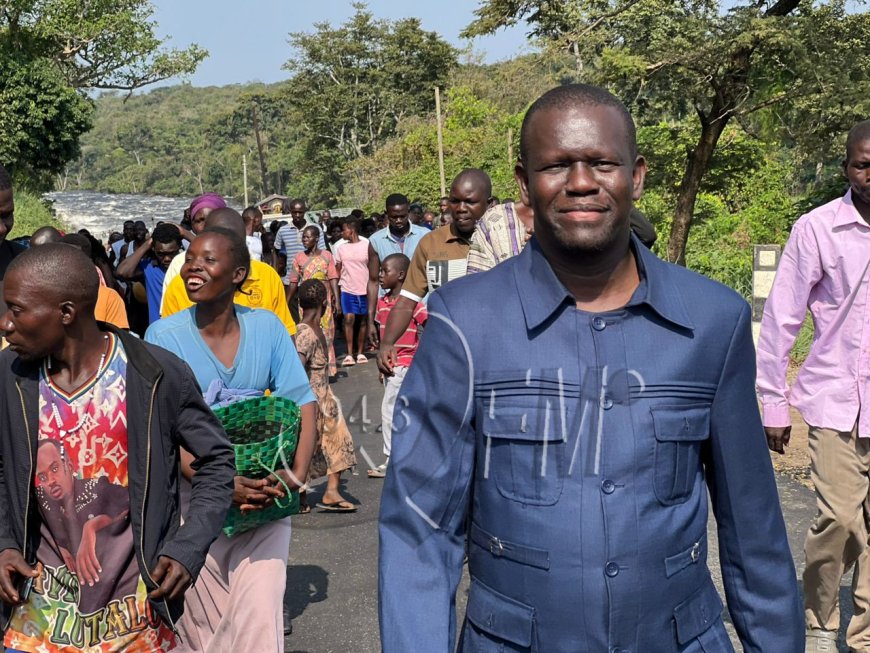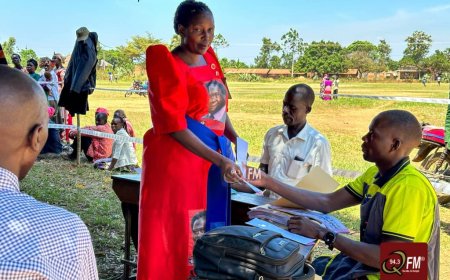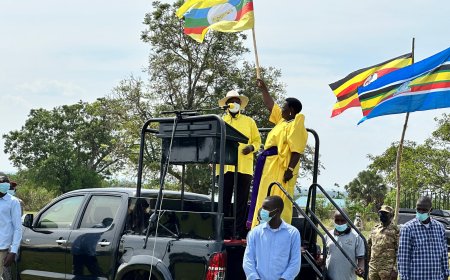Karuma Bridge Renovation: Engineer Pario Explains Restrictions and Future Safety Improvements

In an interview during the official reopening of Karuma bridge to business, Eng. Lawrence Pario, the Head of Bridges and Structures at the Uganda National Roads Authority (UNRA), provided crucial insights into the decision to close the Karuma Bridge and the extensive renovations that have taken place since. The bridge, a vital link for many, faced significant structural issues that necessitated immediate action to ensure public safety.

"Early this year, we realized that Karuma bridge had developed some structural defects," Pario explained. "After engaging consultants for comprehensive studies, we quickly had to close the bridge to heavy traffic and only allow smaller vehicles to move. We were not certain of the implications the defects had on the structural integrity and safety of the bridge."
The inspection revealed alarming findings. According to Pario, the bearings of the bridge, which are supposed to be replaced every 20 years, had not been changed for over 60 years. "All the bearings are now replaced," he stated, highlighting one of the critical repairs carried out. Furthermore, tests on the concrete revealed that it had suffered considerable fatigue, with strength levels dropping to around C14—far below acceptable standards.
As a result of these findings, a contractor was brought in to address the key structural defects. "We took decisive action to replace the deteriorating concrete and ensure that the bridge met safety standards," Pario affirmed.
The renovated Karuma Bridge will soon feature several key improvements, including new rails, an advanced lighting system, and updated safety signs. However, Pario stressed the importance of adhering to a reduced speed limit for users. "For one to be safe on the Karuma bridge, he/she should be driving at a speed of not more than 20km/hr, and that's what we're asking the stakeholders to observe!"
Looking ahead, Pario mentioned the need to replace the bridge's expansion joints. While the new joints have been procured, they are currently en route and expected to arrive by mid-January. This delay is a significant reason why only light vehicles and buses are permitted on the bridge for the time being. "Allowing heavy trucks now would cause gross damage before we can replace the expansion joints," he explained.

While the Karuma Bridge remains a crucial infrastructure piece, the safety of all users is paramount. With ongoing renovations and strict traffic restrictions, UNRA is committed to maintaining the integrity of the bridge for generations to come. Pario's insights serve as a reminder of the importance of vigilance in infrastructure maintenance, ensuring that public safety is always the top priority.
What's Your Reaction?

















































































